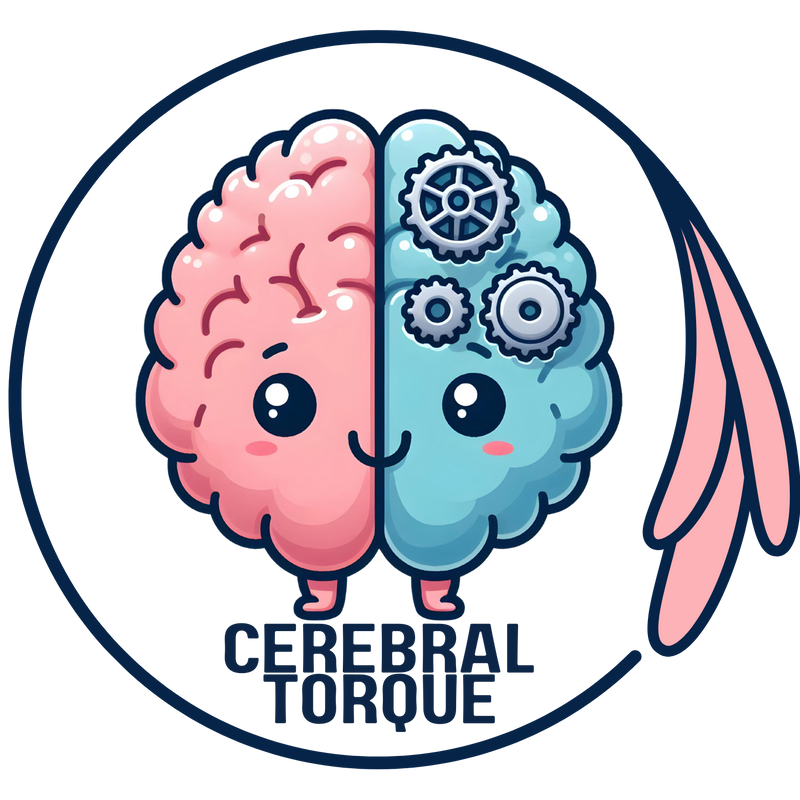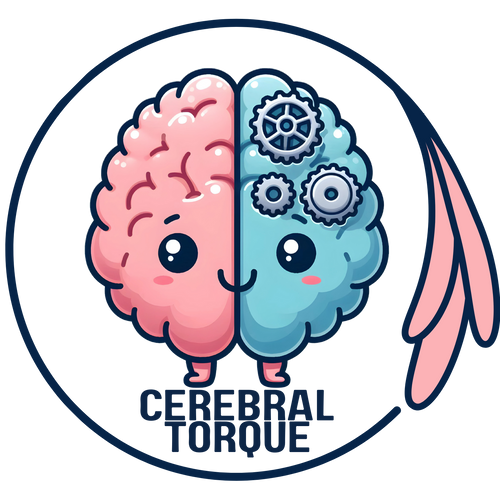Complete Guide to Neuromodulation Devices for Migraine Treatment
Posted on May 09 2025,
Neuromodulation Devices for Migraine Treatment
A comparison of neuromodulation techniques for migraine management, with information for both patients and healthcare providers.
| Device/Technique | Image | Type | Target & Mechanism | Treatment Protocol | Efficacy for Migraine | Level of Evidence | Common Side Effects |
|---|---|---|---|---|---|---|---|
|
Transcutaneous Supraorbital Nerve Stimulation (t-SNS/e-TNS) Cefaly® and HeadaTerm® |
 |
Non-invasive Wearable device |
Stimulates branches of the ophthalmic nerve in the forehead through a small electrode. Acts like a specialized TENS unit that modulates pain signals from trigeminal pathways. | Prevention: 20-minute daily sessions, preferably in the evening; max intensity 16 mA, 60 Hz frequency. Acute treatment: 60-minute session at first sign of migraine attack using higher frequency "ACUTE" program; can be used for up to two consecutive sessions (2 hours total). |
38.2% of patients achieved ≥50% reduction in monthly migraine days in episodic migraine. For chronic migraine, about 19% achieved significant reduction. For acute treatment, 29% reported complete relief after 1-hour session. |
Moderate Multiple controlled trials |
Tingling or burning sensations at application site, skin irritation, sleepiness; most side effects diminish with continued use |
|
Non-invasive Vagus Nerve Stimulation (nVNS) gammaCore Sapphire™ |
 |
Non-invasive Handheld device |
Delivers mild electrical stimulation to the cervical branch of the vagus nerve in the neck. Modulates pain pathways by affecting neurotransmitter release and inhibiting trigeminal nociception. | Prevention: Two 2-minute stimulations (one on each side) twice daily. Acute treatment: Two 2-minute stimulations concurrently with acute medication. |
10% of patients with chronic migraine achieved ≥50% reduction in headache days. Overall response rate across studies is approximately 31%. |
Moderate Randomized controlled trials |
Neck pain, muscle contractions at stimulation site, skin irritation, temporary dizziness; generally well-tolerated |
|
Remote Electrical Neuromodulation (REN) Nerivio® |
 |
Non-invasive Wearable device |
Stimulates peripheral nerves in the upper arm to activate conditioned pain modulation (CPM), a natural pain-relieving mechanism that inhibits pain signals via descending pathways. | Prevention: 45-minute sessions every other day. Acute treatment: 45-minute sessions at migraine onset. |
Meta-analysis of 12 studies (9,912 patients): 64% achieved pain reduction at 2h, 22% pain-free at 2h, 59% sustained pain relief at 24h, and 54% sustained pain-free at 24h. 51.6% achieved ≥50% reduction in headache days in prevention trials. |
High Systematic review & meta-analysis of 12 studies |
Meta-analysis showed only 0.4% of users experienced device-related adverse events. Most common: temporary arm/shoulder numbness, tingling, warmth sensation, mild muscle spasms; generally very well-tolerated with no serious adverse events reported |
|
Dual-channel External Trigeminal-Occipital Neurostimulation Relivion® |
 |
Non-invasive Wearable device |
Simultaneously stimulates trigeminal nerve branches (supraorbital, auriculotemporal) and occipital nerves. The dual-channel approach targets multiple pain pathways involved in migraine. | Acute treatment: 1-hour session at migraine onset. Prevention: Daily 20-40 minute sessions. |
46-60% of patients achieved ≥50% reduction in migraine days; approximately 3-day reduction in monthly migraine days. |
Moderate Growing clinical evidence base |
Localized tingling, scalp discomfort, temporary skin redness, muscle twitching; most patients adapt to sensations |
|
Single-pulse Transcranial Magnetic Stimulation (sTMS) sTMS mini™ (eNeura) |
 |
Non-invasive Handheld device |
Delivers brief magnetic pulses to the occipital cortex, primarily targeting migraine with aura. These pulses may inhibit cortical spreading depression and modulate hyperexcitable neurons. | Prevention: 4 pulses twice daily. Acute treatment: 3 pulses at onset, repeated up to 3 times if needed. |
46% of patients achieved ≥50% reduction in headache days; effective for both prevention and acute treatment, especially in migraine with aura. |
Moderate Clinical trials plus open-label data |
Mild scalp discomfort, temporary lightheadedness, tingling sensations, transient hearing changes |
| Repetitive Transcranial Magnetic Stimulation (rTMS) |  |
Non-invasive Clinical procedure |
Delivers repeated magnetic pulses to specific cortical targets (dorsolateral prefrontal cortex, primary motor cortex, frontal cortex) to modulate neuronal excitability and pain networks. | Multiple clinical sessions (typically 5-23) with various stimulation parameters; high-frequency (10-20 Hz) or low-frequency (≤1 Hz) protocols. | Up to 78.7% response rate reported for high-frequency stimulation; more effective when applied to left frontal cortex. |
Moderate Multiple controlled studies |
Scalp discomfort during sessions, post-treatment headache, transient dizziness, fatigue, mild neck pain |
| Transcranial Direct Current Stimulation (tDCS) |  |
Non-invasive Clinical procedure |
Applies low-intensity electrical current to various cortical targets (motor cortex, visual cortex, prefrontal cortex) to modulate neuronal excitability and normalize cortical activity patterns. | Typically 1-3 mA current for 20-30 minutes per session; daily or several times weekly for 1-5 months. | Up to 81.8% achieved ≥50% reduction in headache days or attack frequency, depending on stimulation parameters and target. |
Moderate Growing research base |
Tingling, itching, or burning sensations under electrodes, temporary fatigue, mild headache during initial sessions |
|
Occipital Nerve Stimulation (ONS) Various implantable systems |
 |
Invasive Surgical implant |
Surgical implantation of electrodes adjacent to greater and/or lesser occipital nerves, connected to an implanted pulse generator. Modulates nociceptive processing in the trigeminocervical complex. | Continuous or cyclic stimulation delivered via implanted electrodes; programming adjusted based on patient response. | Approximately 36.3% of patients achieved ≥50% reduction in headache frequency; reported reductions of 6-12 headache days per month. |
Moderate Several controlled trials |
Risk of infection, lead migration, battery depletion requiring replacement, hardware complications, implant site pain, muscle spasms |
| Deep Brain Stimulation (DBS) |  |
Invasive Neurosurgical procedure |
Electrodes surgically implanted in deep brain structures (hypothalamus, anterior thalamus, or subthalamic nucleus) connected to an implanted pulse generator. Modulates central pain networks. | Continuous stimulation following surgical implantation; reserved for extremely refractory cases after failure of all other treatments. | Limited to case reports of complete remission or significant reduction in migraine attacks; insufficient data for statistical analysis. |
Very Low Limited to case reports |
Serious risks including intracranial hemorrhage, infection, neurological deficits, hardware complications, and standard neurosurgical risks |
|
High-Frequency (10 kHz) Spinal Cord Stimulation (HF-10 SCS) Senza® System |
 |
Invasive Surgical implant |
Electrodes surgically implanted at the high cervical (C2-C3) spinal cord level, connected to an implanted pulse generator. High-frequency stimulation modulates pain signals via the dorsal columns. | Continuous high-frequency stimulation following surgical implantation; programming adjusted based on individual response. | 50-71% of patients achieved ≥50% reduction in headache frequency or pain intensity; mean pain reduction of approximately 60%. |
Low Promising early evidence |
Lead migration, infection, implant site pain, hardware-related complications, standard surgical risks; requires comprehensive evaluation |
References
- Tana C, Garcia-Azorin D, Raffaelli B, et al. Neuromodulation in Chronic Migraine: Evidence and Recommendations from the GRADE Framework. Advances in Therapy. 2025. DOI: 10.1007/s12325-025-03206-7
- Alokley A, ALNasser MN, Alabdulqader RA, et al. Effectiveness of low dose thyroxine in patients with subclinical hypothyroidism and migraine; systematic review and meta-analysis. BMC Neurology. 2025;25:198. DOI: 10.1186/s12883-025-04214-4
- Alnajjar AZ, Mustafa MMM, Abdelsalam OK, et al. Efficacy and safety of remote electrical neuromodulation in migraine: a comprehensive systematic review and meta-analysis. BMC Neurology. 2025;25:327. DOI: 10.1186/s12883-025-04291-5
- Schoenen J, Vandersmissen B, Jeangette S, et al. Migraine prevention with a supraorbital transcutaneous stimulator: a randomized controlled trial. Neurology. 2013;80(8):697-704.
- Silberstein SD, Calhoun AH, Lipton RB, et al. Chronic migraine headache prevention with noninvasive vagus nerve stimulation: The EVENT study. Neurology. 2016;87(5):529-38.
- Tepper SJ, Rabany L, Cowan RP, et al. Remote electrical neuromodulation for migraine prevention: a double-blind, randomized, placebo-controlled clinical trial. Headache. 2023;63(3):377-89.
- Lipton RB, Dodick DW, Silberstein SD, et al. Single-pulse transcranial magnetic stimulation for acute treatment of migraine with aura: a randomised, double-blind, parallel-group, sham-controlled trial. Lancet Neurology. 2010;9(4):373-80.
- Misra UK, Kalita J, Bhoi SK. High-rate repetitive transcranial magnetic stimulation in migraine prophylaxis: a randomized, placebo-controlled study. Journal of Neurology. 2013;260(11):2793-801.
- Antal A, Kriener N, Lang N, et al. Cathodal transcranial direct current stimulation of the visual cortex in the prophylactic treatment of migraine. Cephalalgia. 2011;31(7):820-8.
- Silberstein SD, Dodick DW, Saper J, et al. Safety and efficacy of peripheral nerve stimulation of the occipital nerves for the management of chronic migraine: results from a randomized, multicenter, double-blinded, controlled study. Cephalalgia. 2012;32(16):1165-79.
- Lendvai IS, Kinfe TM. Migraine improvement after anterior thalamic deep brain stimulation for drug-resistant idiopathic generalized seizure: a case report. Headache. 2017;57(6):964-6.
- Lambru G, Trimboli M, Palmisani S, et al. Safety and efficacy of cervical 10 kHz spinal cord stimulation in chronic refractory primary headaches: a retrospective case series. Journal of Headache and Pain. 2016;17(1):66.
Mon, Nov 17, 25
Migraine Research - During the week of my absence.
Migraine Research - During the week of my absence. The Association Between Insomnia and Migraine Disability and Quality of Life This study examined how insomnia severity relates to migraine disability...
Read MoreSat, Nov 01, 25
Anti-CGRP Monoclonal Antibody Migraine Treatment: Super-Responders and Absolute Responders and When to Expect Results
Anti-CGRP monoclonal antibodies achieved 70% super-response and 23% complete migraine freedom in a one-year study. Most dramatic improvements occurred after 6 months of treatment. For patients with chronic or high-frequency...
Read MoreAll Non-Invasive Neuromodulation Devices for Migraine Treatment
Wondering if migraine devices actually work? This guide breaks down the latest evidence on non-invasive neuromodulation devices like Cefaly, Nerivio, and gammaCore. Learn which devices have solid research backing them,...
Read More



